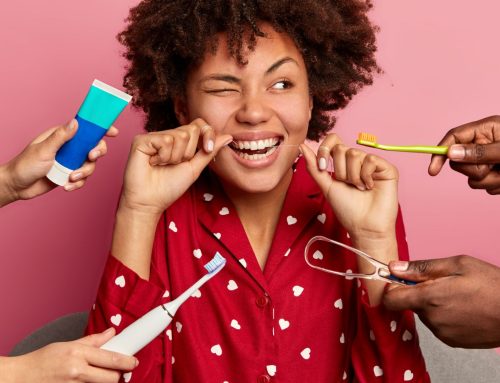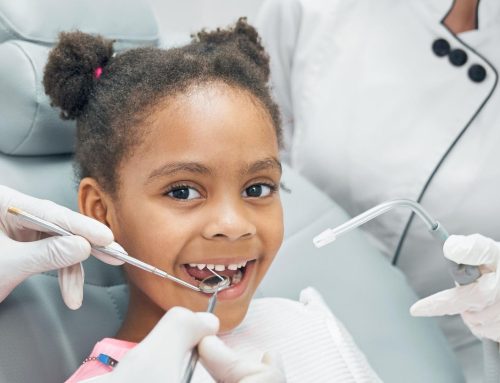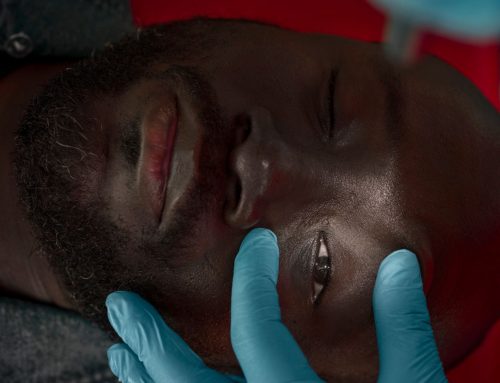It’s amusing how we want to rush off with our toothbrushing routines to get our day going or crawl into our blankets. We care less about how and the proper way to brush. Sometimes our inner souls remind us that we didn’t just do the right thing, however, being a fast-tracked focused human, we ignore that tiny voice and make our choices.
There are a thousand and one things we end up doing wrongly when we brush off quickly. You are habiting germs in your mouth but also putting your overall well being at risk. A better scenario of explaining our tooth brushing rush technique is having an improper bath and rushing off to work.
In cases where you have been conscious of how well to go about your toothbrushing techniques, you want to be sure that these coined up minutes in your head is right. Then you should keep reading this blog post.
Toothbrush: How long should I stay brushing?
Dentists have approved at least 2-3 minutes to have a proper toothbrushing procedure. Often, dentists divide these three minutes: one and half a minute for both the upper and lower jaws. Well, three minutes may seem like a long time especially for kids, but there are ways to make toothbrushing fun. Also, it is one thing to stay longer while brushing, it is another to ensure that every surface is clean.
If you don’t brush your teeth for a long time, there are tendencies that you may be prone to most oral diseases. You may think that a toothpaste sized pea in your mouth can give you fresh breath, however, there is more to keeping the mouth clean than fresh breath.
How do I brush?
Remember to brush using short strokes, moving back and forth against the teeth and gum, around the surface of every tooth. Use the tip of the brush to reach begin each tooth on the top and the bottom. While learning this process, don’t forget that flossing is as important as brushing.
Steps involved
The ADA has developed these guidelines for proper brushing:
- Hold your toothbrush at a 45-degree angle to your gums.
- Brush with short strokes about the width of one tooth.
- Move your toothbrush back and forth along the outside surfaces of your teeth, applying gentle pressure as you brush.
- Use a back-and-forth motion to brush along the chewing surfaces of your teeth.
- To properly brush the inner surfaces of your teeth, hold your toothbrush vertically and brush up and down along the insides of your teeth.
- Brush your tongue using a few back-to-front strokes to remove bad breath–causing bacteria.
- Rinse your toothbrush after you use it.
- Store your toothbrush in an upright position. If your partner, roommate, or family members store their toothbrushes in the same place, make sure toothbrushes don’t touch each other. Let your toothbrush air-dry instead of storing it in a closed toothbrush holder.
When’s the best time to brush my teeth?
We recommend that you brush after meals. However, your brushing routine should be morning and night. Morning, an hour after breakfast and Night; an hour after dinner. Brushing too soon after having acidic foods or drinks can remove the enamel on your teeth that’s been weakened by the acid.
If you’re planning to have orange juice for breakfast, for example, and don’t have time to wait an hour, consider brushing your teeth before eating. If that’s not an option, rinse your mouth with some water after breakfast and chew sugar-free gum until an hour’s passed.
Can toothbrushing Detrimental?
It is not a problem brushing for too long, the problem is the amount of pressure applied while brushing. When brushing and too much pressure is applied, it could leave to attrition, gum recession; which can prompt tooth sensitivity.
We have walked you through some basics principles of the tooth brushing technique. To help you more, we created a quiz for you. Take the quiz here. Also, we are giving awesome rewards for all our patients who book an appointment with us. To claim your reward, follow these steps
- Take the quiz
- Claim your rewards.
- Book your appointments



